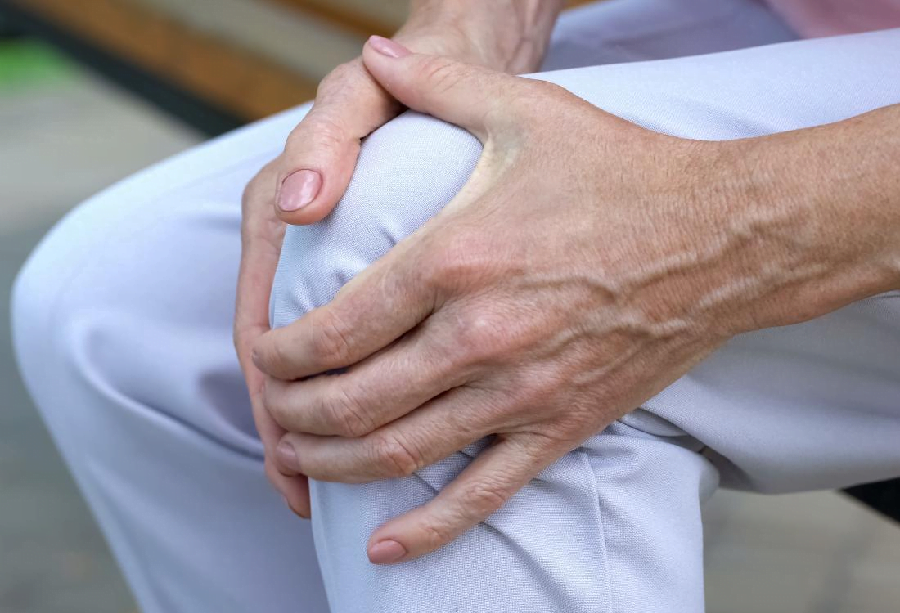4 Important Questions About Knee Osteoarthritis

What is osteoarthritis?
Osteoarthritis is a problem that affects the entire joint consisting of bone, cartilage material, tendon and muscle mass. Although often credited to” wear and tear”, osteoarthritis is now believed by Singapore physio experts to be the result of reparation of the joint.
How Does Knee Osteoarthritis Feel?
People who develop knee OA might experience a wide range of symptoms and constraints based upon the progression of the condition. Pain happens when the cartilage covering the bones of the knee joint wears down.
Areas where the cartilage material is deteriorated or harmed reveals the underlying bone. The direct exposure of the bone enables boosted stress and squeezing to the cartilage material, and sometimes bone-on-bone contact during motion, which can induce pain.
What are the signs and symptoms of knee osteoarthritis?
Every sore knee is different, nonetheless they typically share some usual features such as:
- Tightness in the knee in the early morning or when you have been sitting for awhile
- Decline in flexibility of the knee, problem with getting in and out of chairs/cars, climbing stairways or walking
- Pain that increases with excessive activity, but improves a little with rest
- Swelling or feeling of warmth around the knee joint
- Grating sensation throughout movement of the knees
What if you experience pain during treatment?
Pain does not constantly mean damage.Pain can be considered as an alarm system of the body to too much tension.
Nonetheless, in problems such as osteoarthritis, this alarm system breakdowns and comes to be overly sensitive. This leads to exaggeration of the discomfort and lowers the threshold for discomfort to be set off. Flare-ups occur when the body is pushed far past the lowered limit. The bright side is research studies have discovered that graded exercise helps to tune up the system to ensure that it functions effectively again.
Therefore, minor discomfort with workouts is ok. Consider these examples:
- Recreational joggers have healthier knees on average
- Marathon training improved most radiographic attributes of the bones
- Immobilisation of a joint lead to an osteoarthritis– like disorder
- A whale in spite of spending its life supported in water, non-weight bearing, has extensive osteoarthritis
- Two-thirds of German guard canines get osteoarthritis of the hips at an early age
Instead emerging evidence recommends that osteoarthritis is the outcome of reparation of the joint.
Generally, pain ought to improve with rest after workout. If it remains on for a couple of days, you are possibly pushing too hard!
Handling exercise loading is one of the important things that us physio therapists do best. It’s why we ask many inquiries!
- How does your knee feel when you sit to stand?
- How does it feel walking up the stairways?
- How did that exercise feel for you?
We’re constantly analyzing and adjusting your workout program to be cherry ripe for you and your knee at that very minute.










